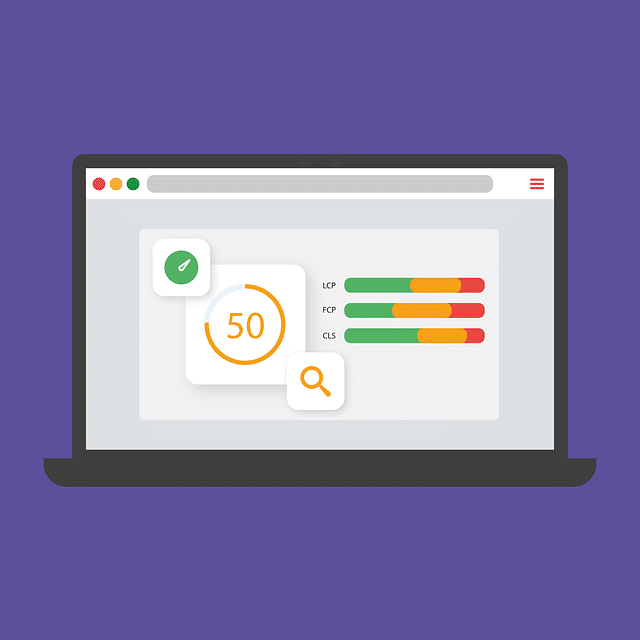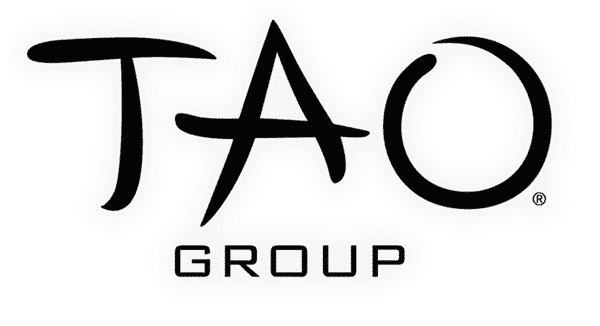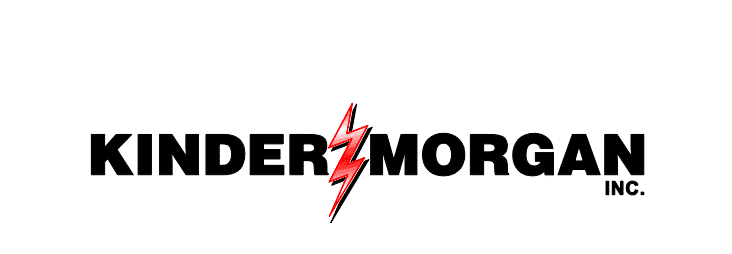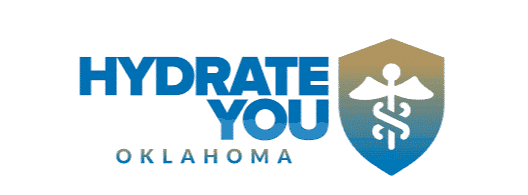Are you looking to improve your website’s performance and user experience? Core Web Vitals may be the answer you’ve been searching for. In today’s competitive online landscape, understanding and optimizing these crucial metrics can make all the difference in attracting and retaining visitors while also boosting your search engine rankings. Let’s dive into the world of Core Web Vitals and discover why core web vitals should be a priority in your website development process.
Key Takeaways
Core Web Vitals are critical for providing a superior user experience and increasing search engine rankings.
Optimizing Core Web Vitals can greatly improve website performance, user satisfaction and organic search traffic.
Strategies such as optimizing images/media content, minimizing third party dependencies & improving server response time should be implemented to optimize Core Web Vitals performance.
The Importance of Core Web Vitals

Core Web Vitals are essential for providing an optimal user experience and improving search engine rankings for web pages. As the digital environment becomes increasingly competitive, focusing on these vital metrics can give your website the upper hand and help it stand out from the crowd. To ensure the best results, it’s important to measure core web vitals and make necessary adjustments.
Core Web Vitals play a key role in boosting user experience and search engine rankings, making them an indispensable part of website development. Approximately 10% of mobile sites obtained a satisfactory core web vitals score in all three Core Web Vitals, indicating that there is room to improve Core Web Vitals for many websites. By focusing on core web vital metrics, developers can enhance the overall performance of their sites.
Measuring and optimizing these metrics can improve your website’s user experience and search engine visibility.
Enhanced User Experience
Core Web Vitals are designed to enhance user experience, thereby creating a more positive user experience and resulting in higher core web vitals scores. A key aspect of this enhanced experience is the speed and responsiveness of your site. Slow loading times can result in visitors departing for other sites, negatively affecting user interactions. The speed and responsiveness of your site can give it an advantage over its competitors, which can be reflected in a positive Core Web Vitals report.
The Google Page Experience Update underscores the need to optimize Core Web Vitals for both users and search engines. This update highlights the focus on user experience and ensures that websites deliver optimal performance across all devices, including mobile users. Prioritizing user experience allows you to build a website that is visually appealing, highly functional, and responsive.
Improving your website’s Core Web Vitals can lead to increased visitor engagement and conversions. By optimizing elements like loading performance, interactivity, and visual stability, you can provide a seamless and enjoyable user experience that keeps visitors coming back for more. With the majority of internet users now accessing websites via mobile devices, it’s more important than ever to ensure that your site offers a smooth and responsive experience on all platforms.

Improved Search Engine Rankings
Optimizing Core Web Vitals can have a significant impact on your website’s search engine rankings. Here are some reasons why:
Google considers Core Web Vitals to be a significant factor in determining search engine placement, especially for mobile devices.
Improved user experience can lead to improved search engine rankings.
Increased visibility and traffic to your website.
Since the introduction of the Google Page Experience Update, websites that successfully optimize their Core Web Vitals metrics can enjoy higher placements in search results and even be included in the “Top Stories” carousel in the Google News app. This increased visibility can lead to a boost in organic search traffic and, in turn, greater overall success for your website.
In the digital landscape where search engine rankings can significantly influence a website’s success, prioritizing Core Web Vitals optimization is crucial. By focusing on these crucial metrics, you can ensure that your website not only delivers an exceptional user experience, but also ranks higher on search engines like Google, resulting in better visibility and higher traffic.
Key Aspects of Core Web Vitals

Core Web Vitals are made up of three key metrics: Largest Contentful Paint (LCP), First Input Delay (FID), and Cumulative Layout Shift (CLS). Each of these metrics plays a vital role in measuring different aspects of user experience, from loading performance to interactivity and visual stability. Understanding and optimizing these metrics can help you build a website that provides a seamless and enjoyable experience for visitors.
LCP measures loading performance, FID assesses interactivity, and CLS evaluates visual stability, all contributing to overall user experience. By focusing on these key aspects of Core Web Vitals, you can identify areas of improvement and implement strategies to enhance your website’s performance. In turn, this will result in happier users, increased conversions, and higher search engine rankings.
LCP: Loading Performance
Largest Contentful Paint (LCP) is a metric that measures loading performance. More specifically, it measures the amount of time required for the largest content element on a page to load. This aspect of Core Web Vitals is crucial, as a faster loading speed can lead to increased visitor engagement, which can often result in conversions.
Focusing on optimizing your website’s loading performance is key to achieving optimal LCP scores. This can be done by:
Decreasing the amount of data sent to the browser
Reducing the size of CSS and JavaScript files
Identifying any resources that block the rendering of the page, such as large CSS or JavaScript files
By addressing these issues, you can ensure that your website’s largest content element loads quickly, resulting in a more positive user experience.
According to LCP, the most significant content on the page shouldn’t take more than 2.5 seconds to load, ensuring a quick page load. By optimizing your website’s loading performance, you can ensure that your visitors are greeted with a fast and responsive experience, encouraging them to stay on your site and explore its content. In turn, this can lead to increased conversions and a better overall user experience.
FID: Interactivity
First Input Delay (FID) is another crucial Core Web Vitals metric, measuring the time from user interaction to browser response. This metric is essential for user retention and creating positive first impressions, as a slow response time can lead to frustration and users leaving your site in favor of a more responsive one.
It is recommended to keep interactions within 100 milliseconds in order to provide a satisfactory user experience. Short response time is vital for users to have a positive experience. By optimizing your website’s interactivity, you can create a smooth and responsive experience that keeps users engaged and encourages them to explore your content further. This, in turn, can lead to increased conversions and a higher overall user satisfaction.
Some measures that can be taken to enhance FID scores include eliminating superfluous code and ensuring tasks are performed expeditiously. By focusing on these aspects of FID, you can ensure that your website offers a responsive and enjoyable experience for all users, ultimately leading to improved user retention and a more positive first impression.
CLS: Visual Stability
Cumulative Layout Shift (CLS) is the third key metric in Core Web Vitals, measuring the stability of a page’s layout during loading. Unexpected layout shifts can create frustration for users, as they may struggle to interact with your content or find it difficult to read. By optimizing CLS, you can provide a more stable and visually appealing experience for your visitors.
To minimize your website’s CLS score, it is important to ensure that the height and width of the images and videos are specified in the HTML file. This helps to prevent unexpected layout shifts and ensures that your website’s content remains stable and visually appealing throughout the loading process. Additionally, addressing issues such as slow-loading page assets and dynamic or unsized DOM elements can further improve your site’s visual stability.
By optimizing the CLS metric, you can create a website that offers a stable and visually appealing experience for users. This can lead to:
Increased user satisfaction, as visitors are more likely to stay on a site that provides a smooth and enjoyable browsing experience
Higher conversions
A better overall user experience.
Tools for Measuring Core Web Vitals

Having the right tools is a prerequisite for effectively optimizing your website’s Core Web Vitals performance. Google Search Console, Lighthouse Reports, and PageSpeed Insights are crucial for assessing and monitoring Core Web Vitals performance.
Google Search Console provides a comprehensive view of a website’s Core Web Vitals, including data for mobile and desktop versions, as well as categorizing URLs as poor, need improvement, and good. This tool can help you identify areas of improvement and track your progress as you optimize your website’s Google Core Web Vitals performance.
Lighthouse Reports and PageSpeed Insights are also invaluable tools for evaluating Core Web Vitals. Lighthouse Reports offer an overview of any observed issues and potential opportunities to enhance the performance of your page. Meanwhile, PageSpeed Insights provides an in-depth analysis of your website metrics and offers suggestions to improve website performance. By utilizing these powerful tools, you can effectively assess and optimize your website’s Core Web Vitals performance.
Strategies for Optimizing Core Web Vitals

Understanding the significance of Core Web Vitals and the tools for measuring and monitoring their performance is a stepping stone towards exploring effective optimization strategies. By focusing on optimizing images and media content, minimizing third-party dependencies, and improving server response time, you can significantly enhance your website’s Core Web Vitals performance.
Implementing these strategies can lead to improved user experience, higher search engine rankings, and increased conversions for your website. By making Core Web Vitals a priority in your website development process, you can ensure that your site stands out in today’s competitive online landscape.
Optimize Images and Media Content
One of the most effective ways to improve your website’s Core Web Vitals performance is to optimize images and media content. Using appropriate formats, compression, resizing tools, and lazy loading can significantly enhance image performance and loading speed.
Image compression tools such as TinyPNG or ImageOptim can be utilized to compress images and reduce overall page size without sacrificing quality. Additionally, resizing and cropping images with image editing software can help reduce the dimensions of background images, resulting in faster loading times.
Lazy loading is another important strategy to consider when optimizing images and media content. This technique involves deferring off-screen image loading, resulting in improved initial page loading times. By implementing these image optimization strategies, you can enhance your website’s Core Web Vitals performance and provide a more enjoyable user experience.
Minimize Third-Party Dependencies

Reducing the number of third-party scripts, plugins, and add-ons on your website can greatly improve its performance and user experience. These dependencies can slow down your site and negatively impact your Core Web Vitals scores.
To minimize third-party dependencies, it’s essential to evaluate the necessity of each script, plugin, or add-on installed on your website. Removing or replacing non-essential dependencies with more efficient alternatives can help enhance your site’s performance and improve its Core Web Vitals metrics.
By focusing on minimizing third-party dependencies, you can create a faster and more responsive website that offers a better user experience. This, in turn, can lead to higher search engine rankings and increased conversions.
Improve Server Response Time
Another crucial strategy for optimizing Core Web Vitals is improving your server response time. Choosing a reliable hosting service, optimizing server-side scripts, and implementing caching can all contribute to enhancing server response time.
When selecting a hosting provider, ensure that they offer dependable uptime, swift loading speeds, and excellent customer service. Furthermore, optimizing server-side scripts can be achieved by decreasing the number of requests, minifying the code, and utilizing a content delivery network (CDN).
Implementing caching through the use of a caching plugin, configuring a reverse proxy, or utilizing a content delivery network (CDN) can also significantly improve server response time. By focusing on these strategies, you can create a website that offers a fast and responsive experience, ultimately leading to improved Core Web Vitals performance and a better overall user experience.
Common Mistakes to Avoid in Core Web Vitals Optimization

Optimizing Core Web Vitals is a complex process, and it’s easy to overlook certain aspects that can hinder your website’s performance. To ensure that your optimization efforts are successful, it’s essential to avoid common mistakes such as neglecting JavaScript optimization, font optimization, and failing to address all ranking factors.
JavaScript optimization is often overlooked when attempting to enhance Google PageSpeed Insights scores. However, deferring JavaScript optimization can significantly improve your website’s loading performance and contribute to better Core Web Vitals scores. In addition, font optimization plays a crucial role in your website’s performance. Ensuring that fonts load efficiently is essential for optimizing Core Web Vitals.
Lastly, it’s important to address all ranking factors when optimizing your website’s Core Web Vitals performance. While focusing on LCP, FID, and CLS is essential, neglecting other factors such as mobile-friendliness, page speed, and organic search traffic can hinder your website’s overall performance and user experience.
Case Studies: Successful Core Web Vitals Optimization

There are numerous real-life examples of businesses that have significantly improved their Core Web Vitals performance, resulting in better user experience and higher search engine rankings. By exploring these case studies, you can gain valuable insights into the strategies and techniques that have proven successful in optimizing Core Web Vitals.
One such example is a company that optimized their images and media content, minimized third-party dependencies, and improved their server response time. As a result, their Core Web Vitals performance saw a significant improvement, leading to increased user satisfaction and higher search engine rankings.
These case studies demonstrate the power of focusing on Core Web Vitals optimization and the potential benefits it can bring to your website. By learning from these successful examples and implementing the strategies discussed in this blog post, you can significantly enhance your website’s performance and user experience.
Monitoring and Maintaining Core Web Vitals Performance

Optimizing your website’s Core Web Vitals performance is not a one-time task. Regular assessment and rectification of Core Web Vitals issues, keeping up with Google’s algorithm changes, and implementing best practices are crucial for maintaining optimal website performance and user experience.
Tools like Google Search Console, Lighthouse Reports, and PageSpeed Insights can be invaluable in monitoring your website’s Core Web Vitals performance over time. By keeping a close eye on these metrics, you can quickly identify any areas of improvement and take action to address them.
In addition to monitoring your website’s performance, staying informed about Google’s algorithm updates and industry best practices can help you stay ahead of the curve and ensure that your website continues to offer an exceptional user experience. By staying proactive in your Core Web Vitals optimization efforts, you can maintain a high-performing website that attracts and retains visitors.

Summary
In conclusion, optimizing Core Web Vitals is essential for creating a website that offers an exceptional user experience and ranks highly on search engines. By understanding the importance of Core Web Vitals, focusing on the key aspects of LCP, FID, and CLS, utilizing the right tools, and implementing effective optimization strategies, you can significantly improve your website’s performance and user experience. Don’t miss out on the opportunity to make your website stand out in today’s competitive online landscape – make Core Web Vitals a priority in your website development process.
Frequently Asked Questions
Why are Core Web Vitals important?
Core Web Vitals are a set of metrics that measure real-world user experience, such as page loading speed, interactivity and visual stability.
Achieving good Core Web Vitals scores is important for success with Search and ensuring a great user experience.
Which Core Web Vitals are most important?
The three most important Core Web Vitals are Largest Contentful Paint (LCP) for measuring loading performance, First Input Delay (FID) for interactivity, and Cumulative Layout Shift (CLS) for visual stability.
All of these metrics are important for providing a good user experience.
Does Core Web Vitals matter?

Yes, Core Web Vitals do matter. Google has confirmed that they are a ranking factor, so if your website gets low scores, it will get less organic traffic and have an impact on user experience.
We highly recommend site owners achieve good Core Web Vitals to ensure success with Search.
What are some common mistakes to avoid when optimizing Core Web Vitals?
Common mistakes to avoid when optimizing Core Web Vitals include neglecting JavaScript optimization, font optimization, and failing to address all ranking factors.
How can I improve my website’s LCP performance?
To improve LCP performance, reduce the size of CSS and JavaScript files, address render-blocking resources, and optimize images.




































